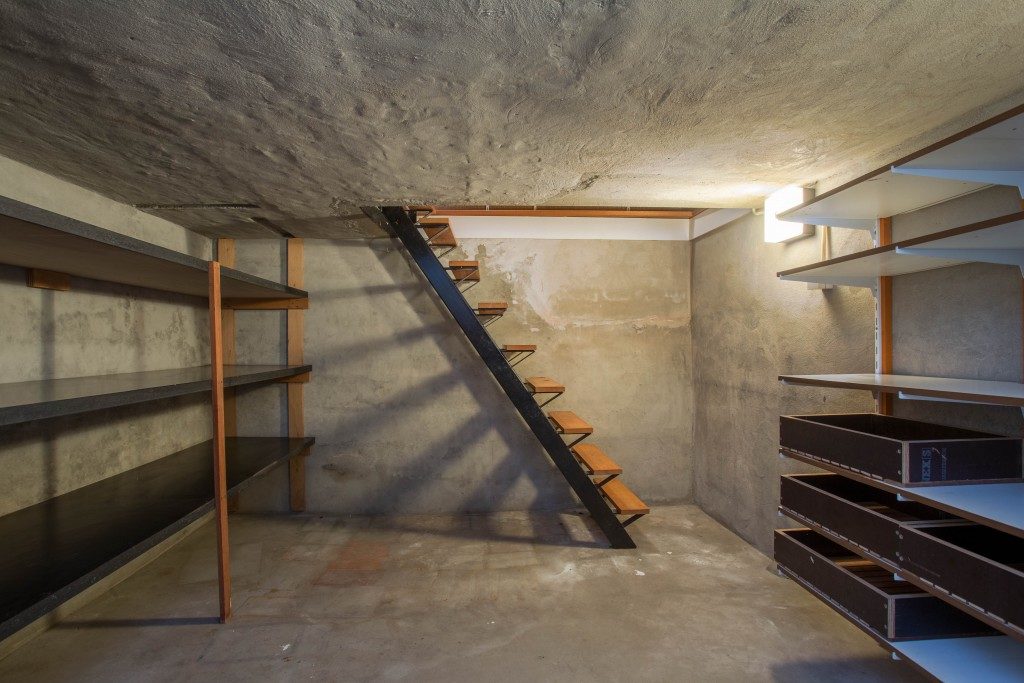You’re four years old and want to explore more of the house. Interestingly, there’s a room downstairs and proceed to visit the basement your parents warned you about. Upon entering, you’re greeted with pitch-black darkness and a white floating figure (one that seemingly resembles the horror movie your older brother was watching) and chases you out. Crying, you retreat to your parents’ room.
Years later, your niece asked you how you were able to confront your fears of the basement after dropping by for the pre-winter cleaning session. When we were young, our active imaginations allowed us to let loose and conjure up some very vivid things, including our worst nightmares come to life.
There would also be environmental triggers that bring up these fears, such as the basement or attic that’s so dark and unknown. As we grow older, our fears begin taking on more grounded situations such as paying the bills, work security, and even house cleaning.
The Other Monsters Lurking Upstairs
Monsters and ghosts aside, you remembered how you had to clean up the basement long after conquering your fears. You later saw how much scarier home maintenance can be when faced with water intrusions, termites and rats, and broken heating ducts.
There was a multitude of tasks needed to be done such as checking the furnace, heat ducts and plumbing pipes that can just leak, carbon monoxide and other pitfalls to watch out for. You also had to make sure there were no points of entry for water and ensure proper insulation was in effect.
Fortunately, you learned from previous experience that blown insulation for your Kansas City home was very effective. You realize that basement maintenance is indeed a lot of hard work and needs to be handled by what you can do and leaving it to the pros.
Exposure Therapy

You start getting carried away with all the basement cleaning jargon and remembered how you faced your childhood fears (aside from growing them out). You tell your niece that you have to face your fears, in the same way that you faced ghosts and cleaning out the rusty pipes in the basement.
You remembered a technique a doctor told you before regarding exposure therapy. This is a treatment used in helping people confront their fears by exposing them in a safe and controlled environment. So that eventually, they wouldn’t have to keep avoiding them and instead face them straight up, resulting in decreased avoidance and fear.
For your case, you remember having your father accompanying you to the basement when you were still afraid, eventually, you started seeing less of the monsters and more of the basement itself. Over time, you were able to go to the basement on your own without the need for other people.
Other ways of exposure therapy include imaginal exposure, wherein people describe their fears and visualize them; virtual reality wherein people afraid of flying can experience flying in the air without the physical dangers present.
Graded exposure and desensitization also help people rank out their fears in a hierarchy and make fears more manageable by associating feared objects or situations into relaxation feelings.
Aftermath of Exposure Therapy
Thanks to this treatment and technique, people develop decreased feelings of fear and disassociate frightening situations, activities, or objects and bad outcomes. Their self-efficacy also increases knowing that they can get over what they once tried to keep avoiding.
Following this, people develop new associations with their once feared object or situation, thereby improving emotional response nd processing.
You later tell your niece that you can accompany her to the basement and show how there are no monsters and ghosts to fear. Now you wonder how exposure therapy can possibly help you get over your fears with the rising electricity, water, and maintenance bills you face every month.







